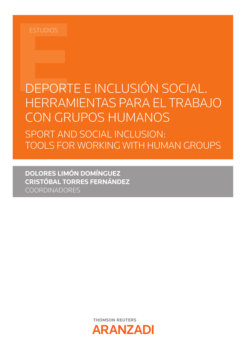Читать книгу Deporte e Inclusión Social. Herramientas para el trabajo con grupos humanos. Sport and Social Inclusion: Tools for working with human groups - Dolores Limón Domínguez - Страница 25
На сайте Литреса книга снята с продажи.
I. INTRODUCTION
ОглавлениеThe purpose of this presentation is to describe the different policies and interventions that have been used to increase the social inclusion of senior citizens through exercise and sport. These examples have attracted senior citizens to physical activity and sports who have not previously had suitable sports opportunities, adequate support, or a social group.
Finland has one of the oldest populations in the world, so there are very many people over the age of 60 or 65, both in absolute and relative terms. Large proportions of them live alone, have various functional problems or live in places where it is difficult to organize group exercise for seniors. Another problem is that many forms of exercise and sports are as such unsuitable for seniors with functional difficulties.
Increasing social inclusion through exercise and sport is important for many reasons. Mobility, especially moving with others, affects the physical, mental, social, and experiential functioning of seniors (Pohjolainen, 2014). Active exercise also reduces the incidence of several diseases (Barengo et al., 2017). It is also good to know the essentials about the amount of mobility and the factors influencing it, such as age, level of education, social class, and housing arrangements, before interventions and the introduction of new practices (Borodulin et al., 2016).
Interventions are almost always designed to overcome the background factors that have negatively affected the movement of seniors. A well-educated, lonely, incapacitated and, for various reasons, less mobile people are involved in effective interventions and practices. Therefore, background information on, for example, the exercise of seniors and their structural reasons must be challenged in new interventions and obstacles to movement must be overcome.
Interventions cannot affect the level of education, social class or place of residence of seniors, even if they explain the low level of mobility. Instead, the experiences provided by the activity, the opportunities for social interaction, the quality of the activity and its suitability can be influenced in many different ways. Awakening and supporting seniors’ own activity, as well as the agency that is built through it, are extremely important factors in any project that increases physical activity (Jyrkämä. 2008).
